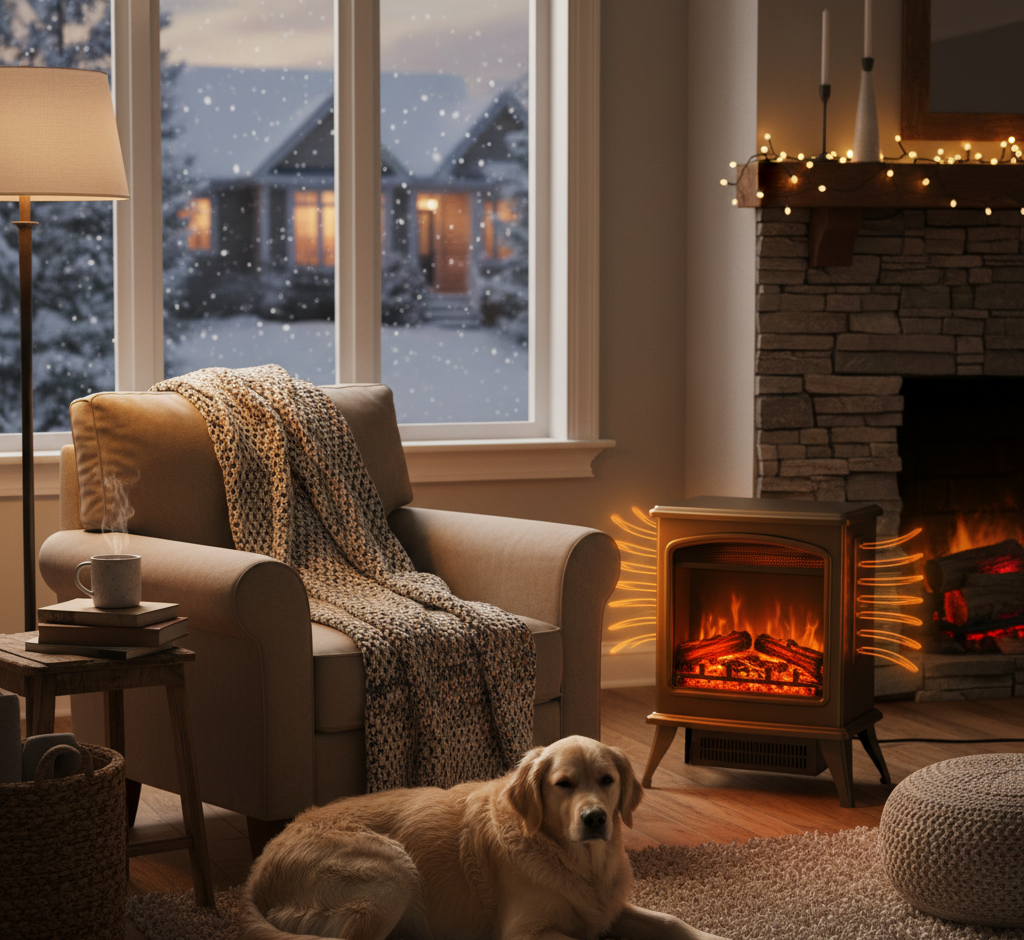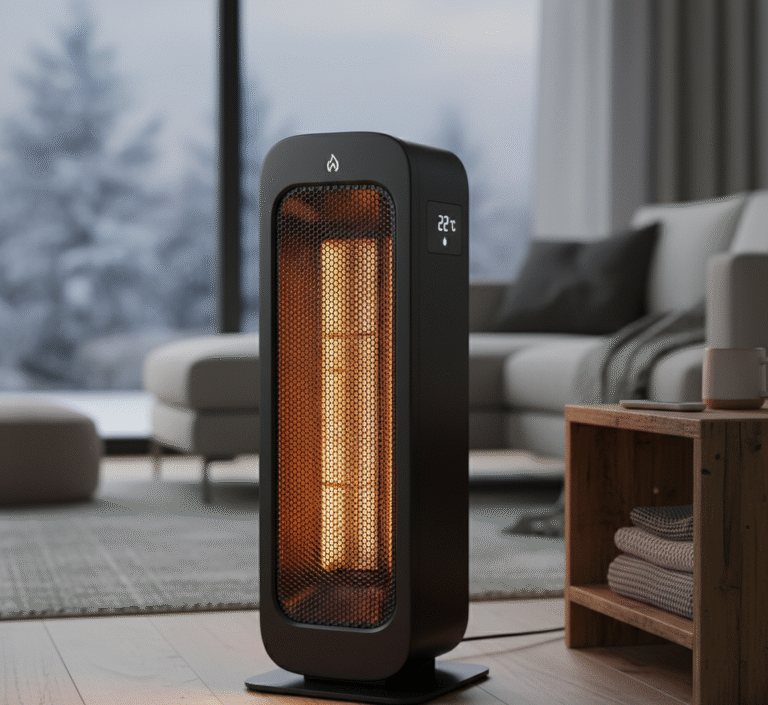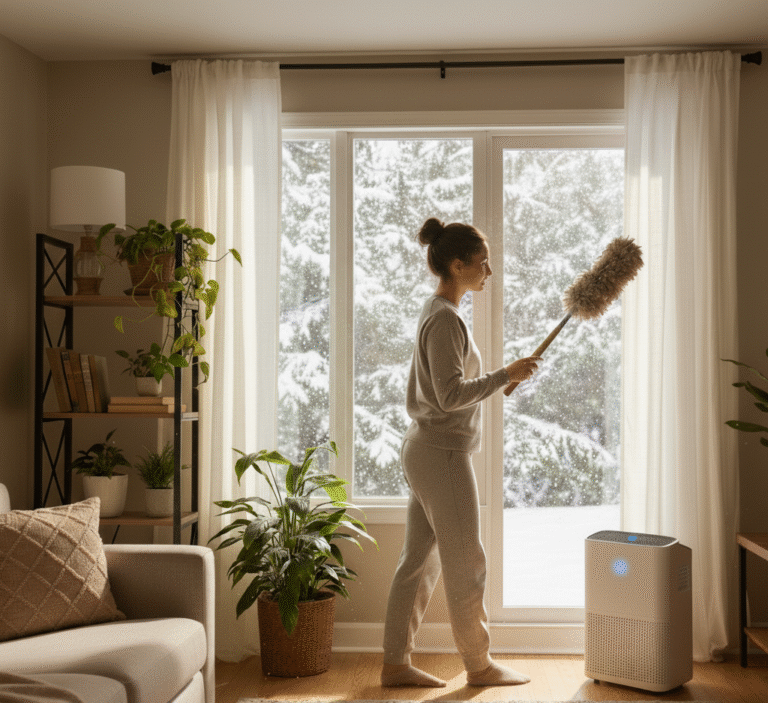The heater is a silent, dutiful guardian of our domestic lives, a machine so fundamental to our concept of home that its constant presence often fades into the background of our awareness. Its true importance is only felt in its absence, on that first unexpectedly frigid autumn morning or in the deep, biting cold of a winter’s night. The desire for warmth is a primal human instinct, an echo of our earliest ancestors huddling around a fire, seeking refuge from the elements. The modern heater, in its many forms, is the technological culmination of that ancient search for comfort and security. It has transformed the home from a mere shelter into a sanctuary, a place where the harshness of the outside world can be held at bay by the simple flick of a switch or the turn of a thermostat dial.
1.Home Comfort
The most common and comprehensive form of heating in many modern homes is the central heating system, a complex network designed to distribute warmth evenly and efficiently. At the heart of most of these systems lies the furnace. Typically located in a basement, closet, or attic, the furnace is the engine of the home’s comfort. It operates on a simple principle: it creates heat, and then it moves that heat to where it is needed. Most furnaces are of the forced-air variety, generating heat by combusting a fuel source, most commonly natural gas, but also oil or propane. This combustion heats a component called a heat exchanger. As the air from inside your home is drawn into the furnace through return ducts, a powerful blower fan pushes it across the hot surfaces of the heat exchanger, rapidly warming it. This newly heated air is then forced out through a series of supply ducts that branch out like arteries throughout the house, delivering warmth to each room through vents or registers. It’s a continuous cycle of drawing in cool air, heating it, and distributing it, all governed by the thermostat, the system’s simple yet crucial brain.

2.Hydroponic System
An alternative form of central heating, one that provides a different kind of warmth, is the hydronic system, which uses a boiler instead of a furnace. A boiler heats water, not air. This hot water is then circulated through a closed loop of pipes to radiators, baseboard heaters, or even tubing embedded within the floor for radiant floor heating. Unlike the breezy warmth of a forced-air system, hydronic heat is radiant. It warms the objects in a room, including people, directly. This creates a gentle, pervasive warmth that many find to be more comfortable and less drying than forced air. The classic cast-iron radiator is a symbol of this type of heat, slowly emanating a deep and steady warmth that can permeate a room for hours, even after the boiler has cycled off. While often found in older homes, modern, highly efficient boiler systems are still a popular choice for their silent operation and consistent comfort.
3.Portable Heater
While central heating systems are designed to warm an entire house, the space heater serves a more personal and immediate purpose. These portable units are the foot soldiers of warmth, deployed to tackle specific cold spots, provide supplemental heat to poorly insulated rooms, or offer a personal cocoon of warmth in a large, shared space like an office. Space heaters can be broadly categorized by how they generate and distribute heat. Convection heaters work by warming the air around them. A classic example is the oil-filled radiator. It uses electricity to heat a reservoir of oil sealed within its fins. The oil then radiates heat, warming the air that circulates through the fins, which then rises and spreads throughout the room. These heaters are nearly silent and are excellent for providing a slow, steady source of heat over a long period. Ceramic heaters are another popular convection type, using electricity to heat ceramic plates while a fan blows the warmed air out into the room, providing heat more quickly than an oil-filled model.

4.Radiant Heater
The other primary category is the radiant heater. Instead of heating the air, a radiant heater emits infrared radiation that directly warms the objects and people in its path, much like the sun warms your skin on a cool day. These heaters, often using quartz or other metallic elements, provide instantaneous warmth. As soon as you turn one on, you can feel its effects if you are sitting in front of it. This makes them exceptionally efficient for targeted heating. If you just need to warm yourself at your desk in a chilly basement, a radiant heater is a far more energy-conscious choice than raising the thermostat for the entire house. They are less effective at heating an entire room’s air volume but are unmatched for providing immediate, direct comfort.
5.Maintenance
1 – Filter
Regardless of its type or size, a heater is a powerful appliance that demands respect and proper maintenance. For central furnace systems, the single most important task a homeowner can perform is regularly checking and changing the air filter. This filter is designed to trap dust, pollen, pet dander, and other airborne particles before they can enter the furnace and be circulated throughout your home. A clogged filter severely restricts airflow, forcing the furnace’s blower to work much harder to push air through the system. This not only wastes a significant amount of energy and drives up utility bills, but it can also put a strain on the components, leading to premature breakdowns and costly repairs. Furthermore, a dirty filter compromises the quality of your indoor air.

2 – Professional Work
Beyond the filter, annual professional maintenance is crucial for the safety and efficiency of any central heating system, especially those that burn fuel. A trained technician will clean and inspect the burners, check the integrity of the heat exchanger for cracks that could leak dangerous carbon monoxide gas, test safety controls, and ensure the entire system is operating at peak performance. For space heaters, safety is a matter of correct usage. They should always be placed on a flat, level surface, at least three feet away from any flammable materials like curtains, bedding, or furniture. They should never be left running unattended, especially overnight, and it is essential to use models that have modern safety features, such as an automatic shut-off switch that activates if the unit is tipped over.
3.Technological Assistance
The evolution of heating technology continues to move towards greater efficiency and user control. The advent of smart thermostats has revolutionized how we interact with our central heating systems. These devices can learn a household’s schedule, automatically lowering the temperature when no one is home and warming it back up before they return. They can be controlled remotely from a smartphone, allowing you to adjust the temperature from anywhere. This level of control prevents wasted energy and can lead to significant savings on heating costs. Another advancement is the heat pump, an ingenious device that functions as both a heater and an air conditioner. In the winter, it doesn’t create heat by burning fuel; instead, it extracts latent heat from the cold outside air and moves it inside. Because it is moving heat rather than generating it, it can be incredibly energy-efficient, representing a greener and more sustainable way to maintain a comfortable home.

Ultimately, the heater is more than a machine; it is a provider of comfort and well-being. The gentle hum of a furnace kicking on, the silent, enveloping warmth of a radiator, or the focused glow of a personal space heater are all sensory cues that signal safety and respite from the cold. A well-maintained and properly functioning heating system is the invisible foundation of a comfortable home, circulating clean, warm air that makes our indoor lives pleasant and healthy.
Maintaining a functional heater is the first step toward ensuring a comfortable and healthy indoor environment, as it provides the essential warmth and circulates the air you breathe. The next step is ensuring the cleanliness of the surfaces that air touches. For a truly deep clean that revitalizes every room and complements the comfort your heating system provides, trust the professional services of Toronto Shine Cleaning.


















